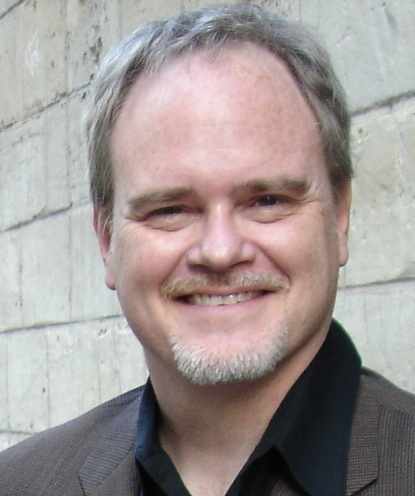Contrast that with this performance, by young violin virtuoso Joshua Bell, playing in the Washington DC metro system.
What's the difference? Why don't people respond to Bell as they did to Naturally 7? Is it the music? Or something else? HINT: Appropriability and experience framing is the title of this posting.
Appropriability: This is a term often used in multinational business strategy, and in innovation discussions. But the key customer-centered way of defining appropriability is simple. Do you offer a product or service that is both different enough to entice the prospect, and welcoming enough to encourage an imaginative - or even physical - experimentation with your offering?
Here's an example. You go to a flea market and see an overwhelming sea of products for sale, for cheap, but of unknown quality and with zero organization. That's far less appropriable for you than going to a smaller flea market that specializes in some of the things you like to buy, and then finding the right table, with the right sales people on the other side. The information they provide is rich and complex. They may be personable. They may well empathize with your interest in what you're trying to buy. And you can touch what's on the table. That environment is much more appropriable for you. Some of these characteristics are the small, microscopic parallels to what can make a big company successful in a multinational context: focus, richness of context, well-framed experience, trained employees that show empathy ...
This is but one example of what can facilitate -- or impede -- a consumer's ability to appropriate parts of the experience you're providing. Research shows that US consumers can be usefully divided into one of several "consumer styles". (These vary by culture, although some overlap exists.)

And as for framing. I'll leave a full discussion for another day, but consider the Joshua Bell video. What is the true beginning and end of the experience, physically, and in time? What's the value frame surrounding a street musician with his violin case open? These are some of the components that frame an experience. If it's not framed, it's hard to engage in it, and it's really hard to remember it.
Think about it, and how you might change the frame to make sure that Joshua Bell's incredible talent to interpret the world's most beautiful music, is appreciated -- even appropriated.
Interesting stuff!
Comments welcome!


No comments:
Post a Comment